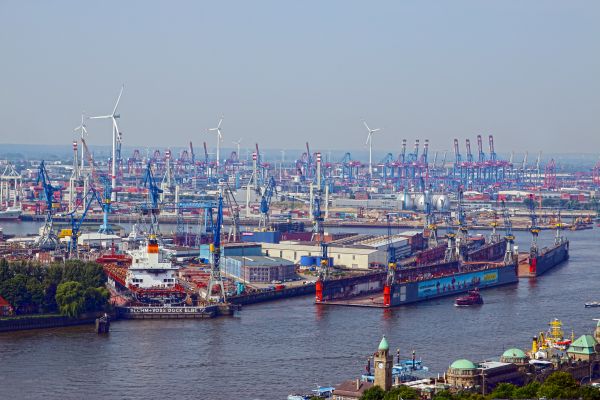Shipping Window Screens from Guangzhou/Shenzhen to Poti Port, Georgia: FCL and LCL Options
Shipping window screens from China to Georgia involves a reliable and well-established logistics process that caters to both Full Container Load (FCL) and Less than Container Load (LCL) shipments. The main ports for exports from China are Guangzhou and Shenzhen, two of the most significant hubs for international shipping in South China. In this article, we will discuss the shipping process for both FCL and LCL options, including packaging and the estimated shipping time.
Full Container Load (FCL) Shipping
For businesses or individuals who need to ship larger quantities of window screens, the FCL option is ideal. With FCL, the cargo fills an entire 20-foot or 40-foot container, allowing for a more direct and secure shipment from Guangzhou or Shenzhen to Poti Port in Georgia. The shipping time for an FCL shipment typically takes around 40 days via sea freight. Under the CIF (Cost, Insurance, and Freight) Incoterm, the shipping cost covers the cost of the goods, transportation, and marine insurance up to the port of destination. The cargo will be delivered directly to Poti Port, and the importer is responsible for handling the customs clearance and final delivery.
- 20ft and 40ft containers: A 20ft container can typically hold up to 25,000kg of goods, while a 40ft container can accommodate approximately 50,000kg.
- CIF Services: This includes port-to-port transportation, insurance, and the cost of sea freight.

Less than Container Load (LCL) Shipping
For smaller shipments, the LCL option is more economical. LCL allows businesses to share container space with other shippers, making it a cost-effective solution for smaller quantities of window screens. The shipping time for LCL from Guangzhou or Shenzhen to Poti Port is also approximately 40 days. Since the goods are consolidated with other shipments, the price is based on the volume of the goods, typically measured in cubic meters (CBM).
LCL shipments may involve more time for consolidation at the port of departure and deconsolidation at the destination port, but it is a flexible and cost-efficient choice for smaller shipments.
Packaging of Window Screens for Shipping
Proper packaging is critical to ensure that the window screens arrive in good condition. The packaging for window screens should protect the product from moisture, damage, and other external factors during transit. Here are the essential steps to ensure safe packaging:
Plastic Wrapping: The window screens should be wrapped in a plastic film to protect them from dust, moisture, and minor physical impacts. This layer also prevents corrosion during the journey, especially considering the long sea freight transit.
Cardboard Boxes: After wrapping, the window screens should be packed into strong cardboard boxes or pallets to provide additional protection against crushing or other damages. Boxes should be clearly labeled with handling instructions like “Fragile” or “Handle with care.”
Palletizing: If shipping via FCL, the window screens should be placed on wooden pallets to make handling and loading easier. Palletizing also ensures that the products are stable and can be loaded into the container efficiently.
Stretch Film or Shrink Wrap: To secure the packages and prevent movement during transit, the packaged goods can be wrapped with stretch film or shrink wrap. This ensures that the window screens remain stable inside the container or cargo hold during the voyage.
Marking and Labeling: It’s essential to label the packages with clear shipping information, including the consignee’s details, destination port (Poti Port), and special handling instructions. This helps customs authorities and handlers during transit.



